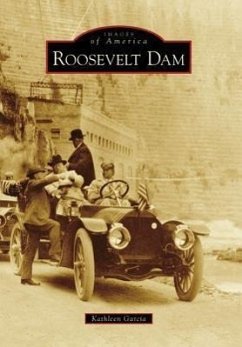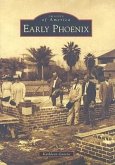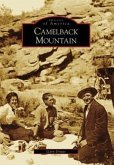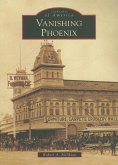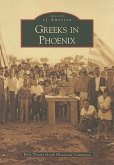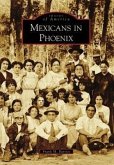At 5: 48 p.m., on March 18, 1911, former president Theodore Roosevelt pushed the button allowing the first waters to be released from the worldas highest masonry dam. The dam was one of the first projects authorized under the Newland Reclamation Act of 1902. The act provided federal money for state reclamation projects and established the U.S. Bureau of Reclamation, which, between 1902 and 1907, began 30 projects within 11 western states. The confident promoters of the Roosevelt Dam began developing the project at the confluence of Tonto Creek and the Salt River five months before receiving formal approval by the newly established bureau in 1903. As a result of a 1992 expansion and renovation project, todayas dam stands 357 feet high and bears little resemblance to the dam dedicated by Theodore Roosevelt.
Hinweis: Dieser Artikel kann nur an eine deutsche Lieferadresse ausgeliefert werden.
Hinweis: Dieser Artikel kann nur an eine deutsche Lieferadresse ausgeliefert werden.

